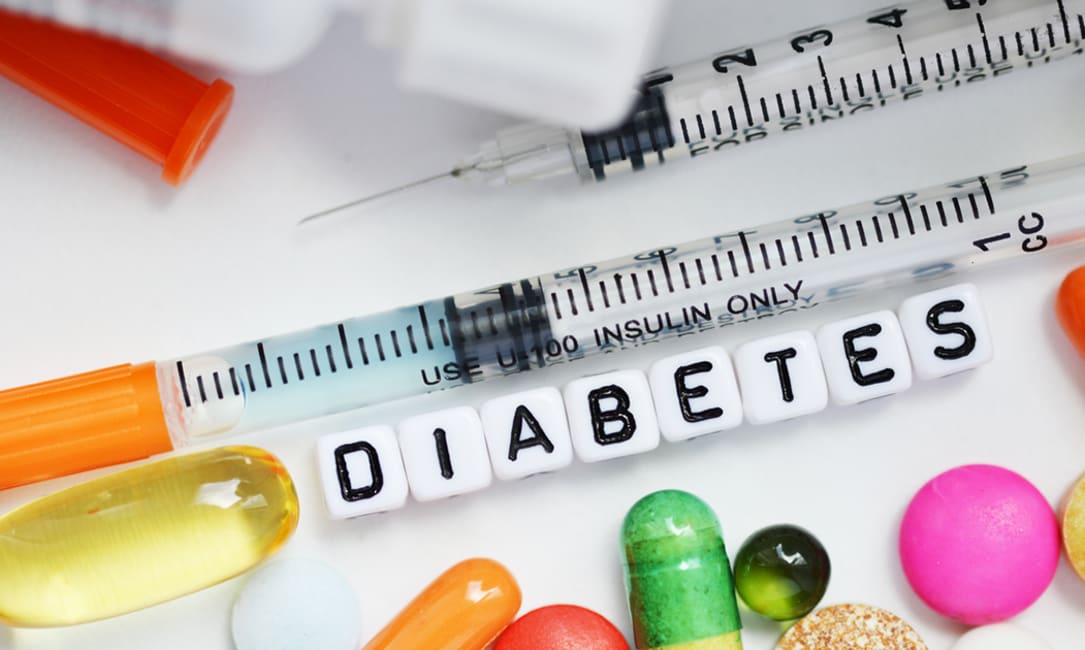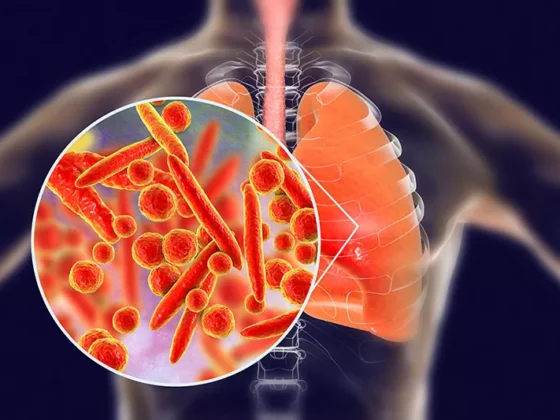Dr Ruchi Parikh Consultatnt- Paediatric Endocrinology SRCC Hospital Mumbai
Diabetes Mellitus is a condition in which the body cannot make enough insulin or cannot use insulin normally which leads to abnormally high blood sugar or glucose (BG).
Type 1 Diabetes Mellitus (T1DM) seen in children and young adults, was previously called as Juvenile Diabetes. T1DM, a less common form, is seen in about 5-10% people with diabetes.
CAUSE:
The hormone “Insulin” produced by beta cells of the pancreas helps to move glucose into body’s cell and tissues for use as fuel or energy. JD is an autoimmune condition in which beta cells lose their ability to produce Insulin for maintenance and functioning of BG. This occurs as the body’s immune system produces antibody which destroys beta cells after a trigger received from some environmental factors (like virus). Without insulin, blood glucose builds up in the bloodstream as it cannot enter the cells. This high BG can damage the body and cause symptoms and complications of diabetes. It is not inherited, as 90% people do not have any family member or relative with this condition. But certain genetic factors can predispose a person to develop JD. It is not caused by any diet or lifestyle habits.
SYMPTOMS:
This process can go on for months or years. Symptoms can develop in few weeks/months or appear suddenly. Some symptoms are subtle and similar to those of other health conditions. They include:
- Increased thirst.
- Frequent urination (Bed-wetting in a toilet-trained child).
- Extreme hunger associated with weight loss.
- Later loss of appetite.
- Blurred vision.
- Nausea, vomiting.
- Abdominal pain.
- Irritability, mood changes.
- Frequent infections of skin, urinary tract or vagina.
- Dry mouth and dehydration.
- Fruity odor of breath.
- Fast breathing
Signs of an emergency include:
- Rapid breathing.
- Fruity smell to breath.
- Abdominal pain, vomiting.
TREATMENT:
There is no prevention or cure for JD. Management includes multidisciplinary teamwork between the child, parents, health care team (Pediatrician, Pediatric Endocrinologist, trained Nutritionist, Diabetes Educator or Counselor), other family members, teachers and friends.
1) Insulin from pancreas must be replaced with daily insulin injections or an insulin pump to keep the BG level within normal range.
2) Meal planning (timing, carbohydrate counting) to maintain target BG levels. As JD is not caused by diet, children should continue healthy, balanced meals which will promote their growth and development. A well-trained nutritionist can provide correct guidance.
3) Regular home monitoring of BG.
4) Right amount of sleep and daily exercise. Monitor BG levels before, during and after the activity and plan meals/insulin accordingly.
5) Identify signs of high or low BG and manage appropriately.
6) Tailored treatment plan for sickness or severe low BG.
Key points:
- Regular follow up with the healthcare teams to manage daily BG within a safe range, screen for other autoimmune conditions and monitor/prevent complications (JD may affect eyes, kidneys, nerves, heart and blood vessel).
- JD is a long-term condition. With the administration of insulin along with other management activities, these children can lead active and healthy lives.
- Parents should treat their child as a normal child with diabetes management as one aspect of their daily life.
- Child should always carry an identifying card or bracelet with the condition and emergency numbers
- Families should be encouraged to participate in diabetes camps and support group.











